This article was written for the Hardy Plant Society of Oregon Quarterly (HPSO) Magazine and was greatly improved by the efforts of the HPSO editorial team.
Robert Michael Pyle first used the term “extinction of experience” over 30 years ago in his memoir, which centers on the power of human-nature interactions. Extinction of experience refers to humankind’s increasing alienation from the natural world and the consequent impacts that include increasing disaffection towards the natural world. As Pyle so eloquently phrased it, “What is the extinction of a condor to a child who has never seen a wren?” 1
Children spend less time in nature than the previous generations and this gap has only widened over time.2 Our loss of connection with nature is due in part to lack of opportunity in an increasingly urbanized world. But lack of opportunity grows a loss of emotional affinity to the natural world, thus creating a positive feedback cycle that further distances younger and future generations from nature.3 I have spent quite a bit of time thinking about this concerning trend and how I have seen it manifested in myself, and in younger generations.
I grew up in the suburbs of Baltimore City, Maryland, where I relished opportunities to catch lightning bugs, pick mulberries, and crawl through the culverts of channelized streams. These experiences constitute some of my favorite childhood memories. Yet I remember being confused when I learned about deforestation in school, because I could see trees on every street. I had no frame of reference for how vast and diverse nature could be. It wasn’t until I took an undergraduate student position in an ecology lab that I started to understand how important the natural world was to humanity—and to my own existence. I worked in a peri-urban wildlife refuge, where I saw my first deer, hunted for spiders at night, and learned the names of an array of plants, birds, and invertebrates. I describe this time of my life, at the age of 21, as one where I felt like a scrim had been lifted from my eyes, and I saw the world in a whole new light.
My core experiences with nature occurred between 1976 and 1993. But today’s world is different from when I came of age. Decades before we were introduced to virtual reality and the metaverse, two celebrated nature writers warned that “children’s very ability to perceive the environment may be diminished by the replacement of multisensory experiences in richly textured landscapes . . . .“4 Today, humanity lives in a world where the metaverse and social media platforms play an increasingly important role in social construction of reality, including how nature is experienced and perceived.5 In fact, as early as 13 years ago, 7-11 year olds, from both rural and urban settings, were found to be more apt to correctly identify and have positive feelings for virtual animals, compared to local animal species.6
More recent research has found that gardens can counteract extinction of experience. This is somewhat surprising, since gardens themselves are not natural areas; garden floras are diverse mixtures of both planted and volunteer plants and tend to be dominated by non-native and cultivated species.7 Nonetheless, gardens were ranked in the top five most frequented natural areas in a survey of 4,600 French adults.8 Gardens provide opportunities to notice and experience elements of the natural world in an accessible and relatively safe setting. And multiple studies (including those from the Oregon State University Garden Ecology Lab) have shown that, as people become more familiar with the plants, insects,9 and birds10 in a garden, they grow more positive feelings towards the natural world. This cycle of familiarity and increased emotional attachment to nature thus creates a positive feedback loop that disrupts and counteracts extinction of experience.10
There are two things you can do to create a positive feedback loop of familiarity and increased attachment to the natural world in a garden. First, you need to create a space that promotes biodiversity. If you have an affinity for neat and tidy gardens, challenge yourself to create at least one section of the garden that has a more natural look. If your garden is dominated by non-native and cultivated plants, look for opportunities to add a few native plant species. Don’t release beneficial insects into your garden. Instead, try to attract them with proper plant selection and by reducing or eliminating pesticide use. Second, practice noticing and identifying the volunteer plants, resident insects, and visiting birds in your garden.
If you are online, you may want to try using iNaturalist, which is a social media platform that uses artificial intelligence to help identify organisms. However, the artificial intelligence built into iNaturalist depends upon the community of naturalists that use the platform. The community aspect of iNaturalist allows nature lovers to connect with and learn from others. It is not unusual for a nationally or internationally renowned taxon expert to provide species-level determinations for bees, or beetles, or other syrphid flies on this platform. I use iNaturalist often and have expanded my own understanding of local biodiversity as a direct result of my engagement with the site.
Noticing and identifying nature in your garden are the very first steps to growing an appreciation for local biodiversity. Once you are able to identify a new garden organism, further challenge yourself to learn more about its basic biology and ecology. There are so many surprising ways that organisms make their way in this world, including cooperation and altruism to social parasitism and deception. Nature never ceases to amaze me.
This column is most likely to be read by gardeners, who already have a level of appreciation and affinity for plants and greenspaces. What about others, including those most fascinated with the digital and virtual worlds? With my students and my own kids, I try to connect elements from popular movies and video games with analogs in the natural world. The creature from the Predator movies has a face with insectoid-like mandibles that extend like a dragonfly naiad. The fictional Sarlacc pits from Return of the Jedi remind me of how antlion larvae hunt. And when you’re really struggling to catch the attention of someone seemingly bored with the natural world, you can always draw from British biologist Olivia Judson’s excellent and hilarious book,11 Dr. Tatiana’s Sex Advice to All Creation, which was first recommended to me by a Lane County gardener. For readers of this book, there will be no denying that the natural world is often stranger than fiction.

References
- 1Pyle, Robert M., The Thunder Tree: Houghton Mifflin, 1993.
- 2Clements, Rhonda, Contemporary Issues in Early Childhood, 5(1): 68-80, 2004.
- 3Soga, Masashi and Gaston, Kevin J., Frontiers in Ecology and the Environment, 14(2): 94-101, 2016.
- 4Nabhan, Gary P. and St Antoine, Sarah, Chapter 7. (pp 229-250) in, The biophilia hypothesis Island Press, 1993.
- 5Rossmeier, Albert. Chapter 23 (pp 429-449) in, Landscape Conflicts: Springer, 2024.
- 6Ballouard, Jean-Marie et al. Public Library of Science, 6(8): e23152, 2011.
- 7Thompson, Ken, et al., Journal of Vegetation Science 14(1): 71-78, 2003.
- 8Colléony, Agathe, et al., Landscape and Urban Planning 159: 23-31, 2017.
- 9Anderson et al., HortTechnology 31(4): 458-469.
- 10Garfinkel, Megan, et al. Biological Conservation 289: 110400, 2024.
- 11Judson, Olivia. Dr. Tatiana’s sex advice to all creation: The definitive guide to the evolutionary biology of sex. Macmillan, 2003.

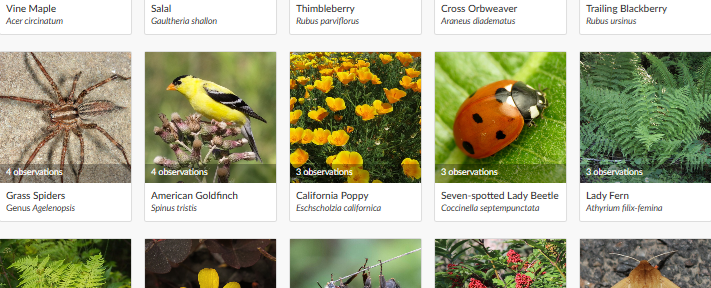
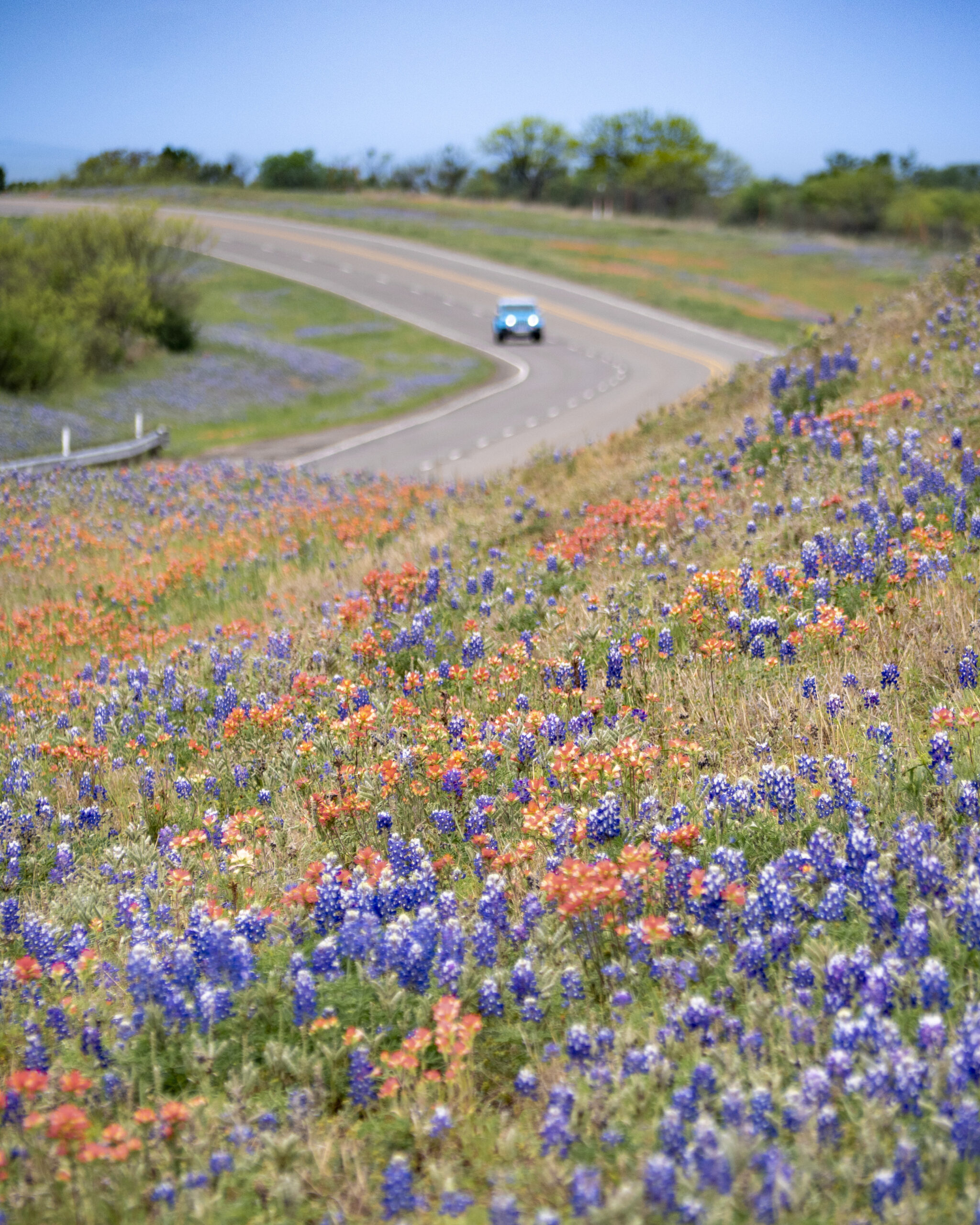
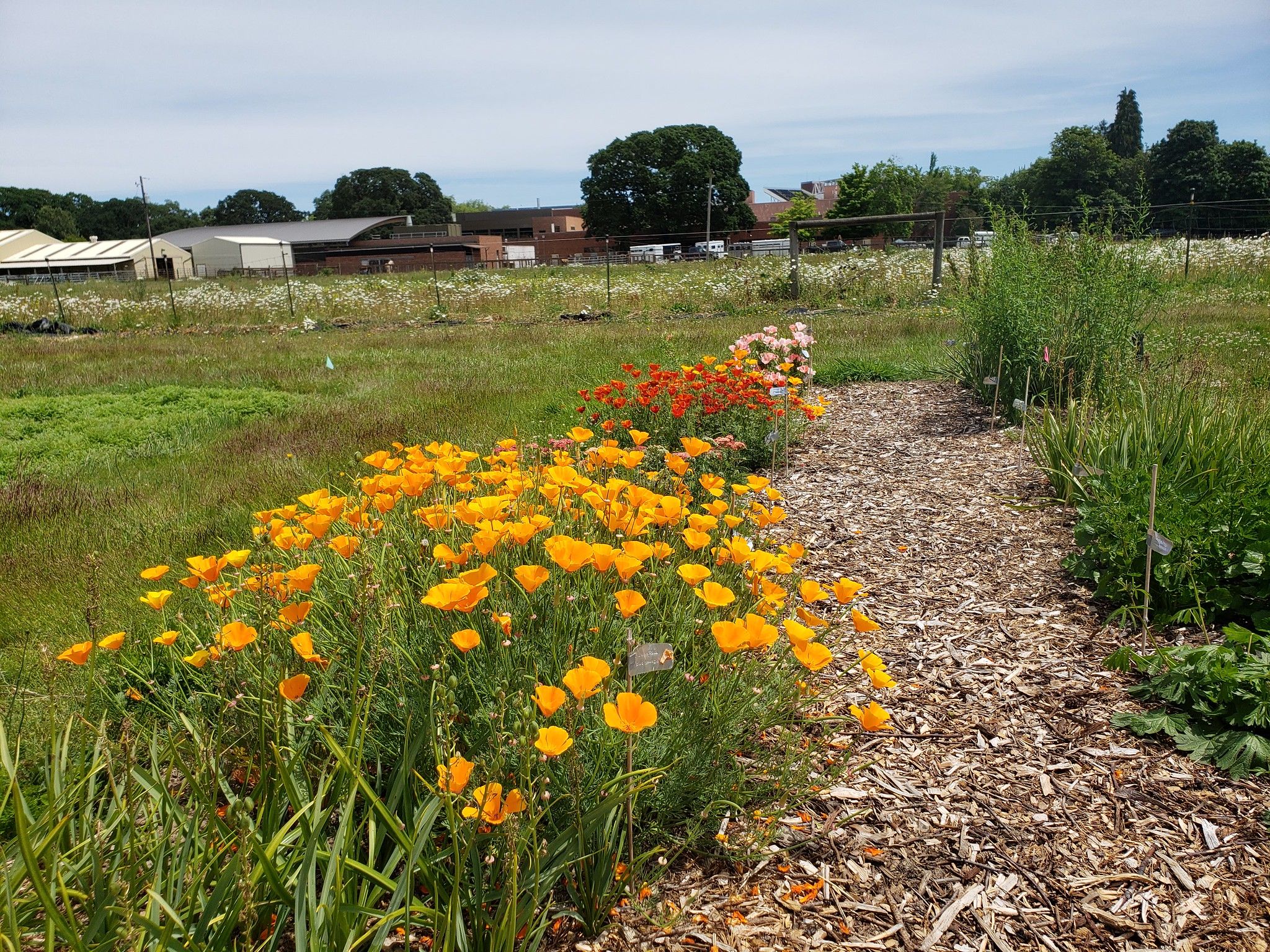
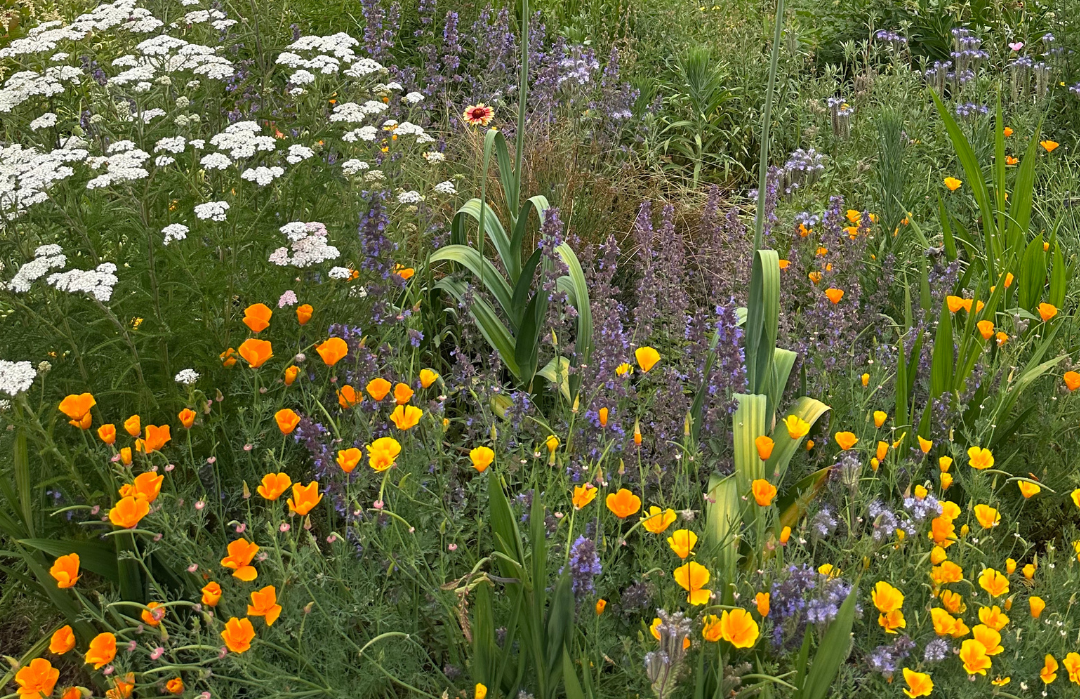
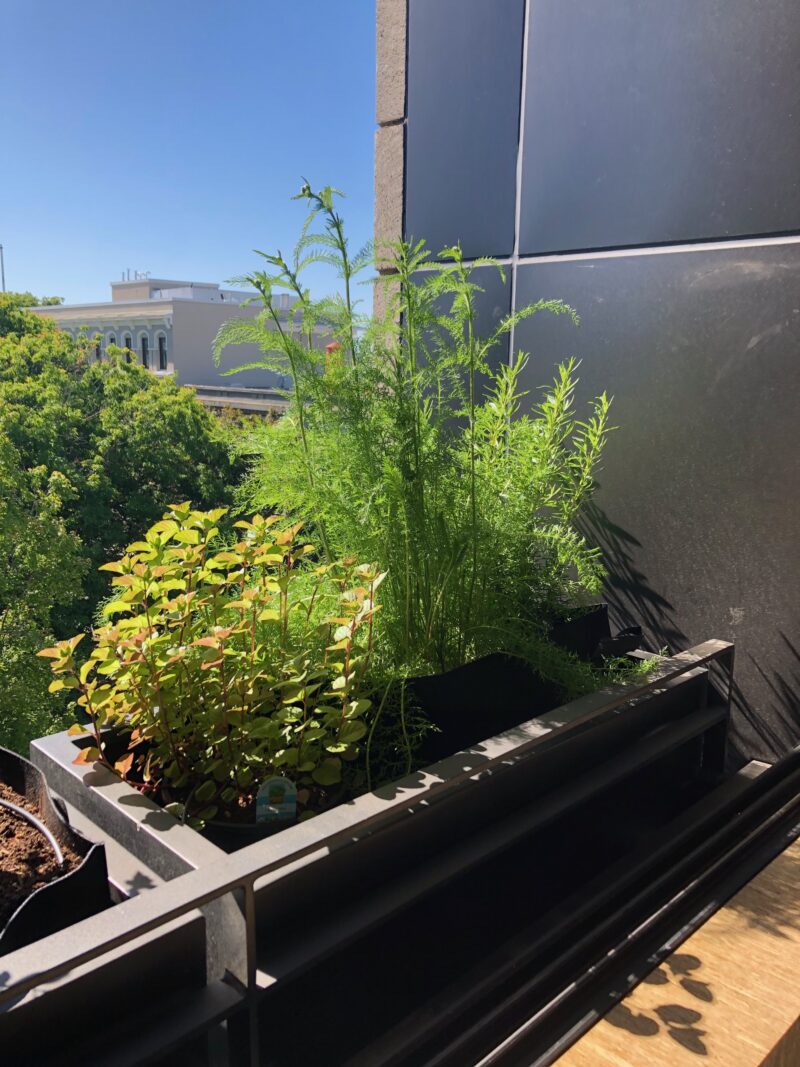
2 Comments
Add Yours →What a neat idea, your connecting elements from movies and video games to the natural world! I see an exhibition at OMSI linking the natural world to how inspirational and important biodiversity has been to us in relation to the development of products, medicines and movies. Then have specific examples on display!!
Good read. My mom has plantain (Musa sp), egg plants, tomatoes, capsicum etc in her backyard. The neighbor’s grandchild (6 years old) came over. Her first question to my mom was “ is this a village?” Why do you have a garden in the city?
But this was common practice when I was growing up. Everyone had a background garden at the University of Ghana campus where I grew up. Gardening was part of activities in primary and junior high schools. Today, most schools have paved compounds, with Astro Turf.
Very interesting times ahead